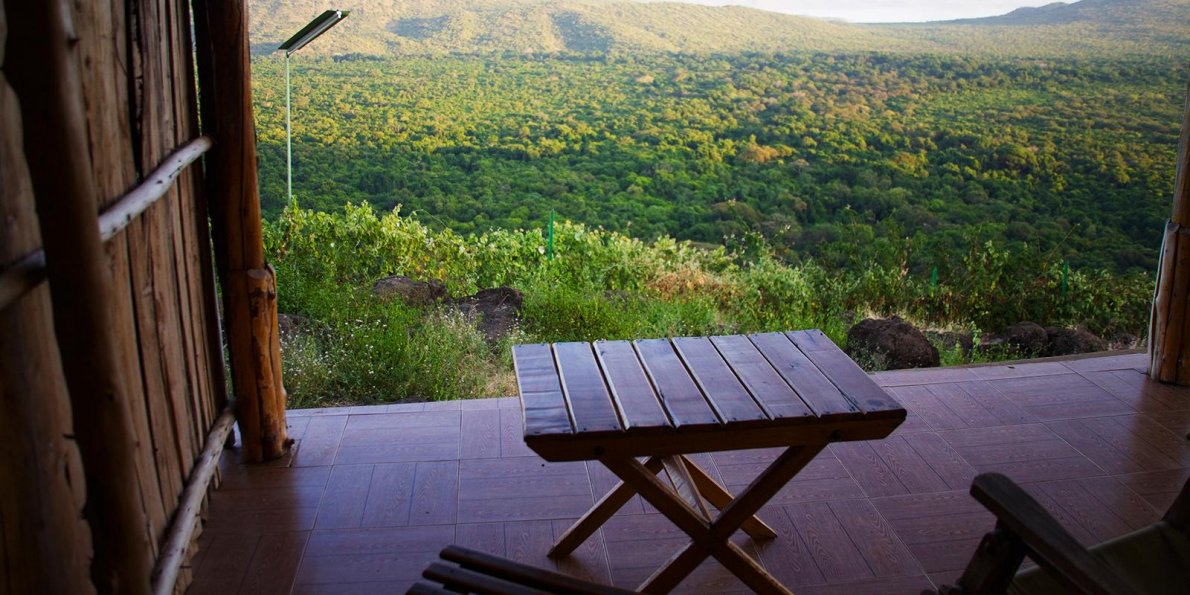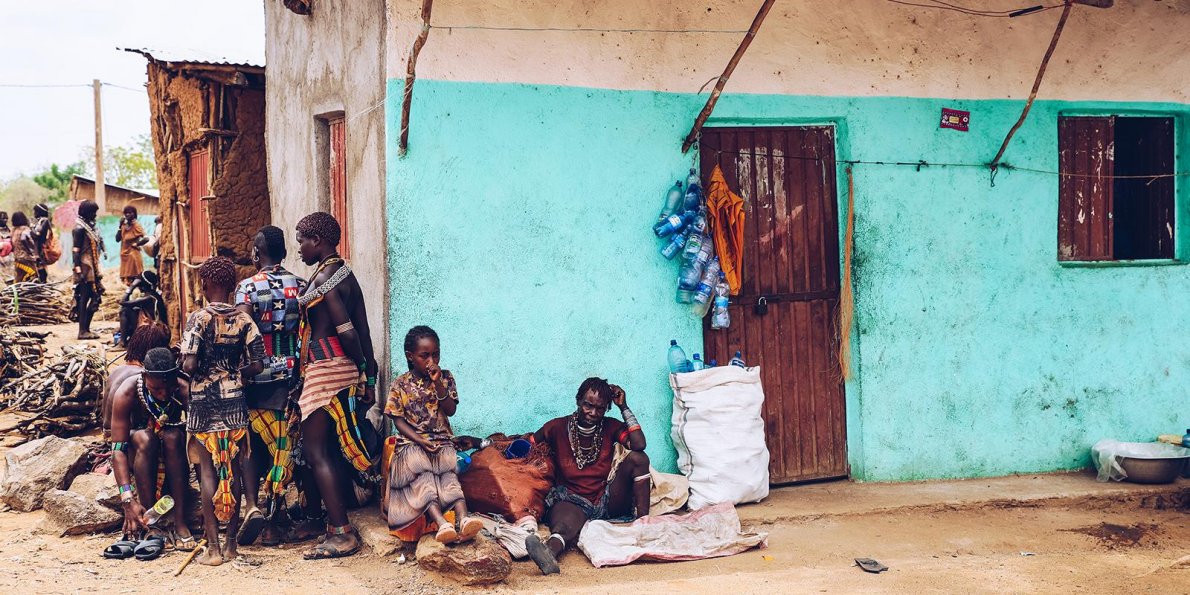
Experience southern Ethiopia, famous for its diverse peoples and unique Rift Valley landscapes. Spend 11 days immersing in traditional culture and breathtaking nature, meet communities like the Hamar or Dorze.
You can make this trip as a minimum of 2 people. You'll travel through the country in a comfortable 4x4 vehicle with one of our experienced driver/guides. If you are traveling as a family or group of 5+ we will use a minibus or a second 4x4 vehicle. If you are a group of 4 people you can also opt for a minibus if you'd prefer. If you are planning to travel solo we can advise about where you can partly travel by public transport or organise a group trip with others.
4x4 car and fuel
Driver with lots of experience in tourism
Local guides
All entrances to the mentioned attractions
Government tax and VAT
Administration costs
Guarantee according to Dutch Law
CO2-compensation for flight and land arrangement
Water every day
Vaccinations/ medication
Travel insurance
Meals not mentioned (lunch and dinner)
Tips for guides
Photography fees
Extra excursions not mentioned
Souvenirs
Visa fee

Budget accommodation includes camping, homestays or local hotels with shared sanitary facilities. Camping is often set in stunning natural locations, Yared takes care of the materials.

Mid-range accommodation in Ethiopia is generally considrered 2-3 star hotels. You will stay in double rooms (double or twin) with their own shower and toilet. This is best value for money.

In Ethiopia, luxury accommodation has everything you’d expect from a high quality hotel in terms of comfort, service and facilities. This option is not available in all parts of Ethiopia.
Useful tips
2. Temperatures in the South can climb up to 40 degrees. Out of respect for the local culture, it is recommended to cover shoulders and knees.
3. Power outages are very common in Ethiopia especially in the countryside. A power bank, portable solar device and flashlight come in handy.
%20(2)_1594730225.png)

















